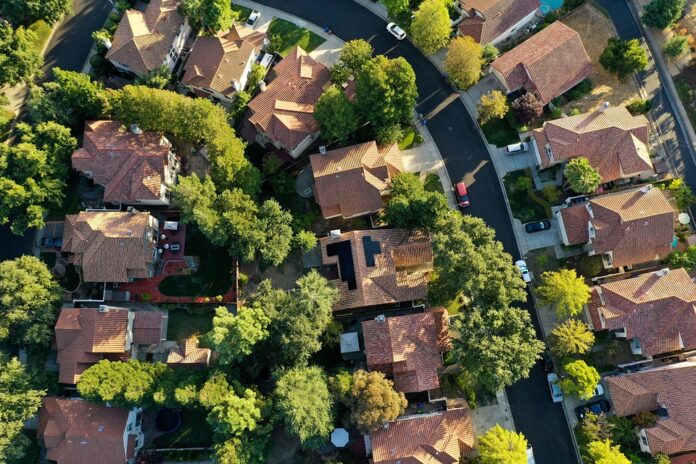In recent years, the construction industry has seen a significant shift towards eco-friendly design and green building practices. This revolutionary approach to construction is not only better for the environment but also offers a wide range of benefits for both builders and occupants. From reducing energy consumption to minimizing waste, eco-friendly design is shaping the future of the construction industry.
Benefits of Eco-Friendly Design
One of the key benefits of eco-friendly design is its positive impact on the environment. By using sustainable materials and energy-efficient building practices, green buildings help to reduce carbon emissions and minimize the consumption of natural resources. This not only helps to protect the environment but also contributes to a healthier and more sustainable future for our planet.
Another major benefit of eco-friendly design is its cost-saving potential. While green building practices may require a higher upfront investment, the long-term savings are significant. Energy-efficient buildings have lower utility costs, which can result in substantial savings over time. Additionally, eco-friendly buildings often qualify for tax incentives and rebates, further reducing the overall cost of construction.
In addition to environmental and financial benefits, eco-friendly design also offers improved indoor air quality and overall comfort for occupants. Green buildings are designed to maximize natural light and ventilation, creating a healthier and more comfortable living or working environment. This can lead to higher productivity, better health outcomes, and increased satisfaction among occupants.
Green Building Practices in Action
There are a variety of green building practices that are revolutionizing the construction industry. One of the most common practices is the use of sustainable materials, such as recycled steel, bamboo, or reclaimed wood. These materials not only reduce the environmental impact of construction but also add unique aesthetic value to the building.
Another key green building practice is energy-efficient design. This includes the use of high-performance insulation, energy-efficient windows, and solar panels to reduce energy consumption and reliance on fossil fuels. By incorporating these technologies, builders can create buildings that are not only environmentally friendly but also cost-effective to operate.
Water conservation is another important aspect of eco-friendly design. Green buildings often incorporate features such as low-flow plumbing fixtures, rainwater harvesting systems, and native landscaping to reduce water consumption and minimize runoff. These practices help to preserve this precious resource and promote sustainable water management.
Challenges and Opportunities
While eco-friendly design offers numerous benefits, there are also challenges to implementing green building practices in the construction industry. One of the main challenges is the higher upfront cost of sustainable materials and technologies. Builders may be hesitant to invest in green building practices due to concerns about profitability and market demand.
However, there are also significant opportunities for growth in the green building sector. As awareness of environmental issues continues to grow, demand for eco-friendly design is increasing among consumers, businesses, and governments. This growing market presents a unique opportunity for builders to differentiate themselves, attract new clients, and contribute to a more sustainable future.
Conclusion
In conclusion, eco-friendly design is revolutionizing the construction industry by promoting sustainability, reducing energy consumption, and improving indoor air quality. Green building practices offer a wide range of benefits for both builders and occupants, from cost savings to enhanced comfort and health. While there are challenges to implementing green building practices, the growing demand for environmentally friendly design presents significant opportunities for growth and innovation in the construction industry.
FAQs:
1. What are some common green building practices?
Some common green building practices include using sustainable materials, energy-efficient design, water conservation measures, and maximizing natural light and ventilation.
2. How can eco-friendly design benefit both builders and occupants?
Eco-friendly design can benefit builders by reducing long-term operating costs, qualifying for tax incentives, and attracting new clients. Occupants benefit from improved indoor air quality, comfort, and health outcomes.
3. What opportunities are there for growth in the green building sector?
As awareness of environmental issues grows, there is increasing demand for eco-friendly design among consumers, businesses, and governments. This presents opportunities for builders to differentiate themselves, attract new clients, and contribute to a more sustainable future.

